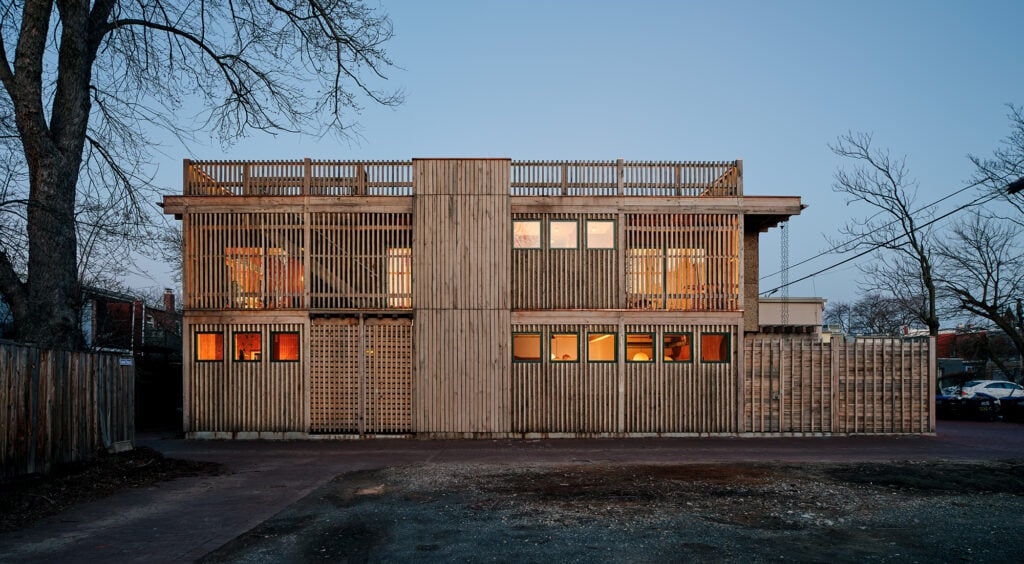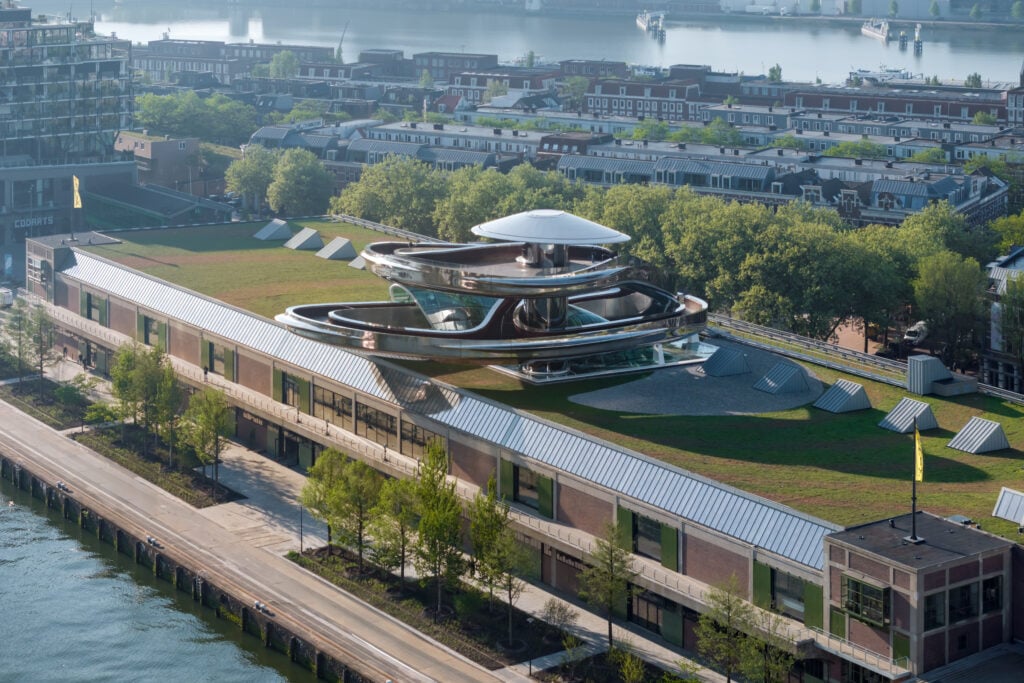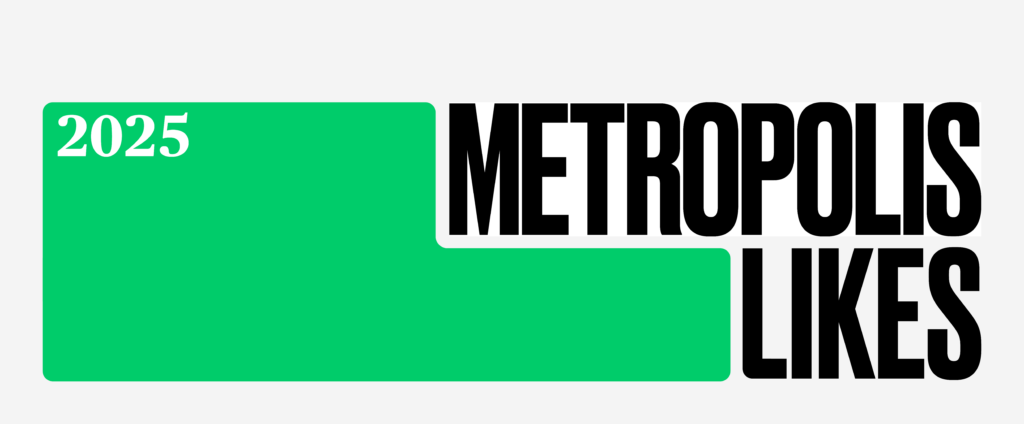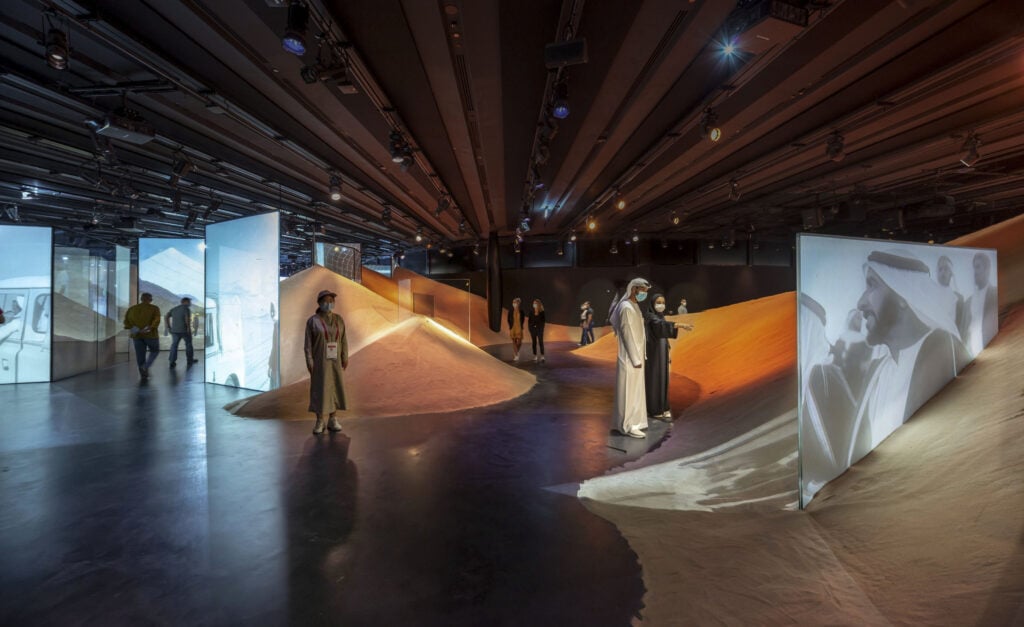
February 15, 2022
Tellart Founder Matt Cottam on the Importance of Immersion in Both Life and Design
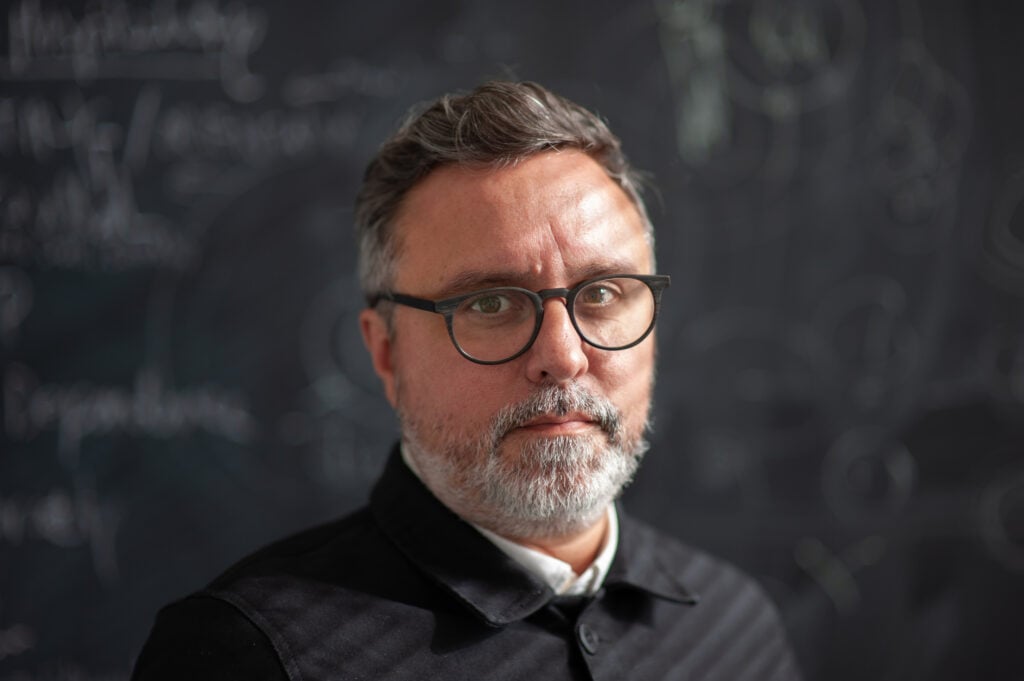

To be sure, it’s been a busy few years for the studio. Founded in 2000 by American designer Matt Cottam, Tellart’s work blends product design and prototyping with film, video, and physical computing. Prior to Expo 2020, Tellart has worked with corporate clients including Google, Facebook, and Toyota, to name a few. The firm is also currently producing Design Nonfiction, a series of filmed conversations with an array of artists, designers, academics, and tech-world figures, about the transformation from the dot-com crash of the late 1990s to the rise of machine intelligence.
Not to mention, Cottam’s hobbies arguably make him a suitable Wes Anderson character, but more on that later.
In 2019, Tellart partnered with renowned Norwegian architecture firm Snøhetta to create an interactive exhibit that demonstrates the critical importance of conservation—both of nature and culture—for The Arc, a new mass timber visitor center to be built on the remote archipelago of Svalbard at the Global Seed Vault, a seed storage facility. At the center of the project is a dramatic multi-story space marked by a single live tree, surrounded by floorboards and walls that act as screens to communicate not only the importance of biodiversity and a window on to the Global Seed Vault, but a message about protecting our cultural heritage, with a variety of archived art and cultural content, from Vatican manuscripts to video clips of soccer star Pelé.

In 2018, London’s Victoria & Albert Museum commissioned Tellart to create an installation for The Future Starts Here, an exhibition exploring the implications of rapidly evolving technology. Tellart’s Terraform Table allowed visitors to shape landscapes and seascapes with their hands: a fun approach to thinking about the daunting climate crisis. “We trained a Machine Learning algorithm with hundreds of satellite photos, and corresponding altitudes of each pixel, of coastlines from all around the world. When the visitor shapes a scaled topography the AI generates an artificial, but super realistic, terrain onto the sand,” explains Cottam.
Originally from Newport, Rhode Island, Cottam founded Tellart only a few months after earning degrees in industrial design and fine arts from the Rhode Island School of Design and subsequently serving as adjunct faculty for ten years (he now teaches at the Copenhagen Institute of Interaction Design).
Cottam comes from a family of designers. After emigrating from the Azores to New England, his grandmother worked in a textile factory. “Her job was to translate colored pencil drawings of fashion artists into patterns that could be mass-produced,” the designer explains. “I didn’t realize this until I was probably in my thirties but essentially what she was doing was industrial design.”
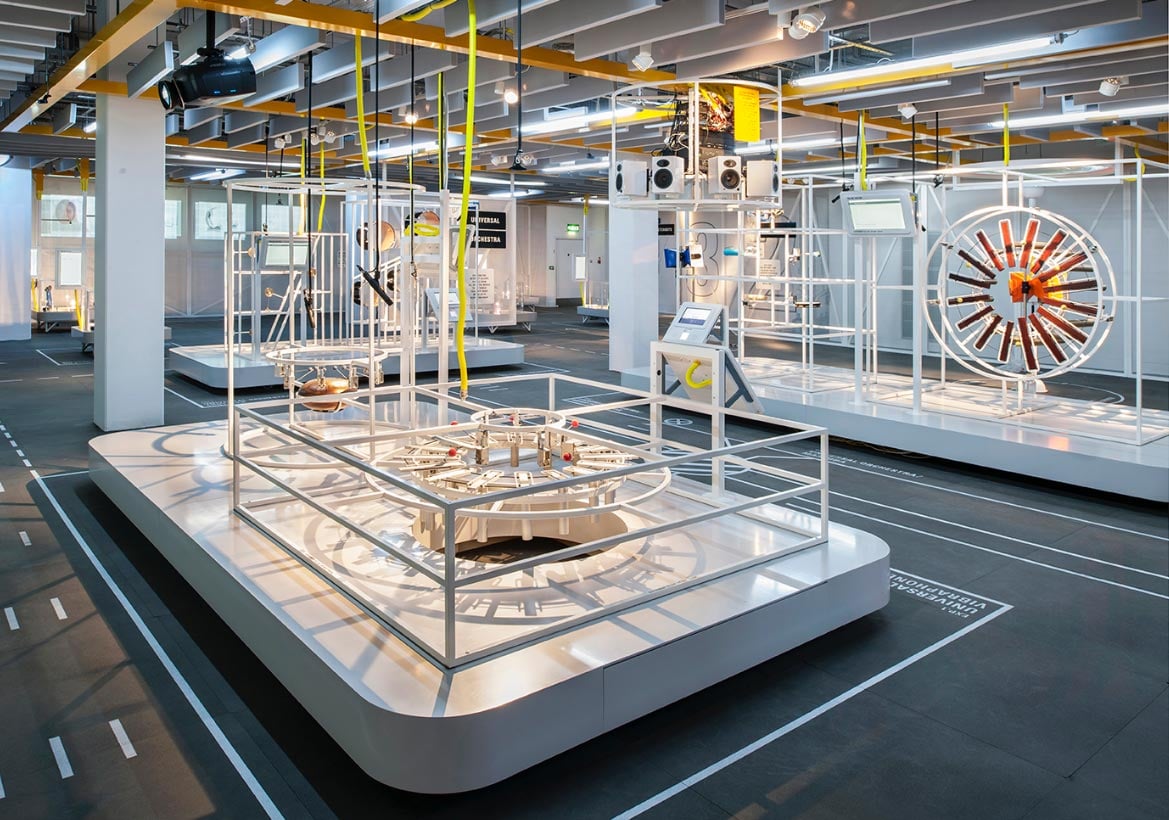
Earning a master’s degree in interactive design at Sweden’s Umeå University in 2009 helped Cottam envision new directions for the firm. “For a long time, our work was all very physical and technological, but we weren’t that involved upstream with the ideas behind the content,” he says. “Over the last ten to 15 years, we’ve been brought into the research side, to find the story and bring it to life as a multi-sensory, immersive, [time-based] physical experience.”
An early project combining craft and technology was for London’s Science Museum. Chrome Web Lab: Making the Internet Physical, created in partnership with Google, allowed online users around the world to interact with museum visitors and make music and art together, including the Universal Orchestra, an eight-piece instrument array inside the museum that invited onsite and online visitors to play live music together. A robotic installation called The Sketchbot transformed digital photos submitted by physical and online visitors into sand drawings. Both concepts prefigured by nearly a decade how the pandemic would make such interactions (particularly video-based platforms like Zoom) feel essential.
Cottam knows all about immersion, and not just at work. A member of the Royal Ocean Racing Club, he’s sailed across the Atlantic Ocean numerous times. He’s also an avid downhill skier and scuba diver. Plus, he’s become passionate enough about family history to be a member of the Sons of the American Revolution and the General Society of Mayflower Descendants.
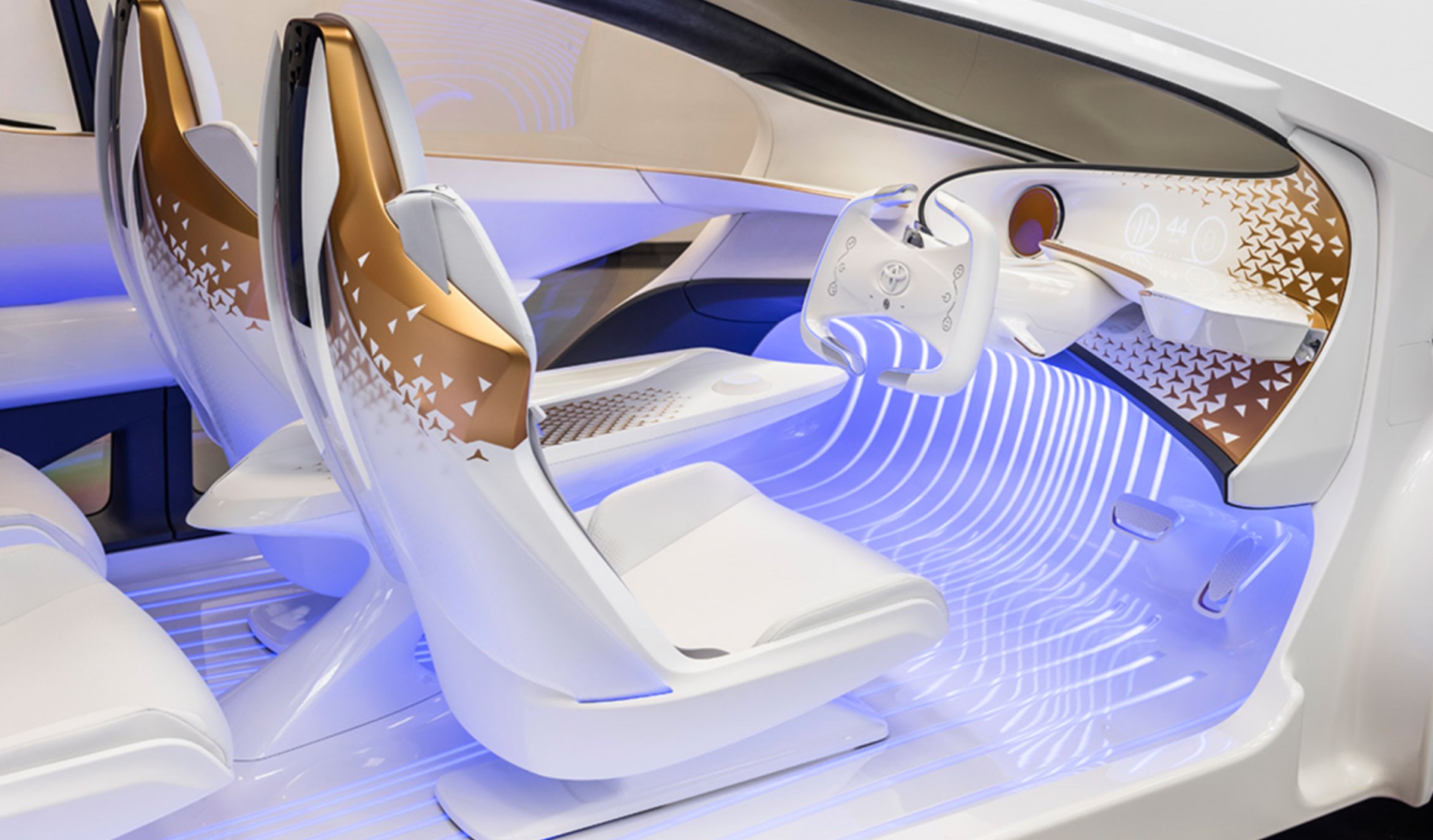
“I require an activity in order to meditate. I need to be steering through 30-foot waves for 12 hours straight,” he says. “Skiing does the same thing. Scuba diving does the same thing. You tend to be quiet when you’re concentrating, especially when you’ve practiced and developed a technique to the point where you’re able to play partners with nature instead of [trying] to overcome it. You’re diving and you maintain your depth only with your breath, not by swimming with your arms, or you ski by just letting the fall line push you into the next turn instead of wiggling your body around everywhere.”
It’s not just intense sports that give Cottam a rush of adrenaline. A licensed EMT, he’s worked as an advanced life-support paramedic on the United States’ federal disaster medical team and National Ski Patrol. “There’s something incredible,” he says, “about just becoming extremely calm when it seems like things are abnormal or out of control.”
That explanation makes sense given how Tellart can harness a variety of media, materials, and technologies to present ideas. “I do believe design is an act of discovery. I really get disappointed when some designers, whether they’re students or people we collaborate with, feel like design is an act of just prescribing our great ideas as opposed to setting up scenarios or conditions where you have an interaction with a set of tools and materials.”
Would you like to comment on this article? Send your thoughts to: [email protected]
Recent
Profiles
BLDUS Brings a ‘Farm-to-Shelter’ Approach to American Design
The Washington D.C.–based firm BLDUS is imagining a new American vernacular through natural materials and thoughtful placemaking.
Projects
MAD Architects’ FENIX is the World’s First Art Museum Dedicated to Migration
Located in Rotterdam, FENIX is also the Beijing-based firm’s first European museum project.
Products
Discover the Winners of the METROPOLISLikes 2025 Awards
This year’s product releases at NeoCon and Design Days signal a transformation in interior design.



